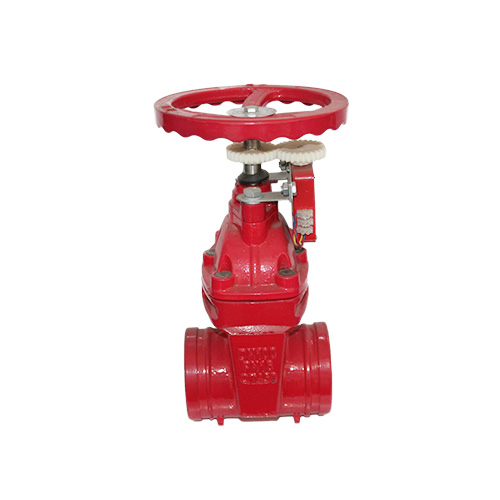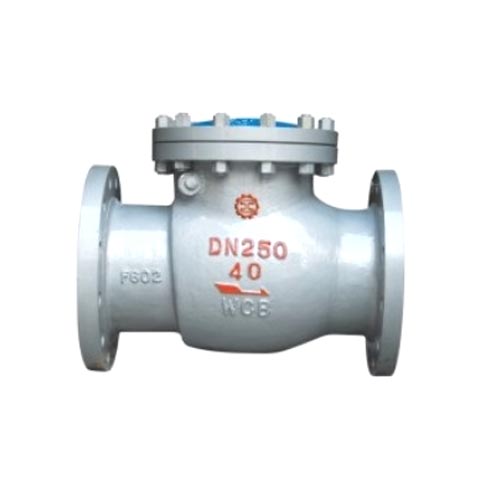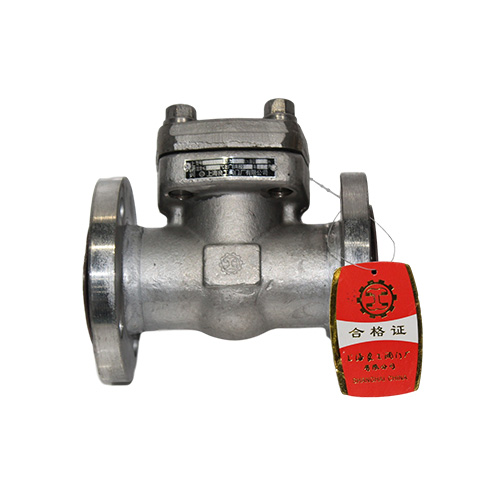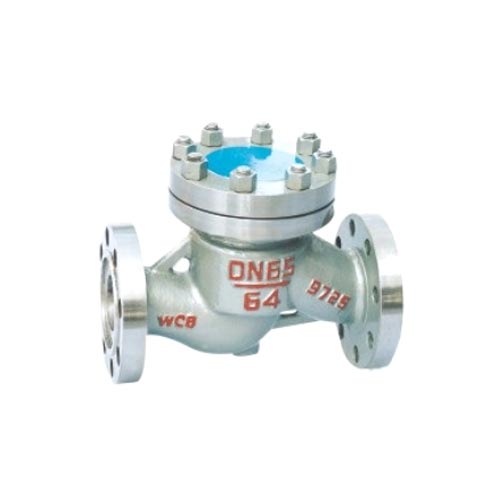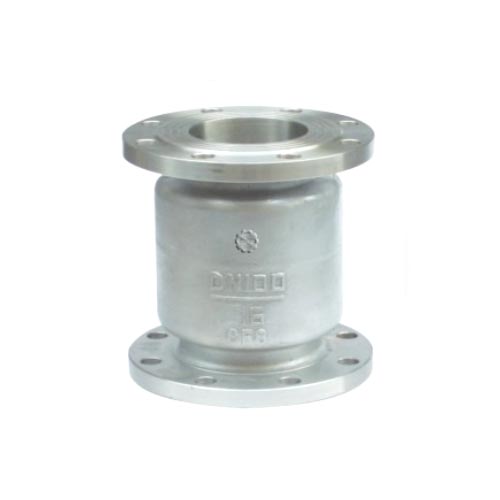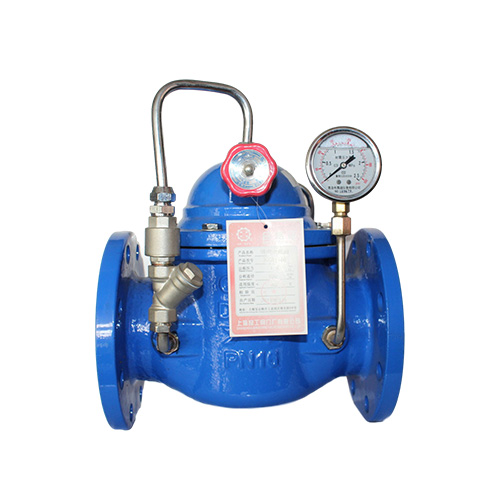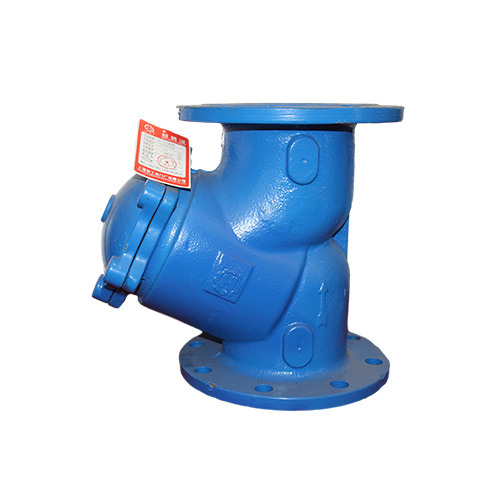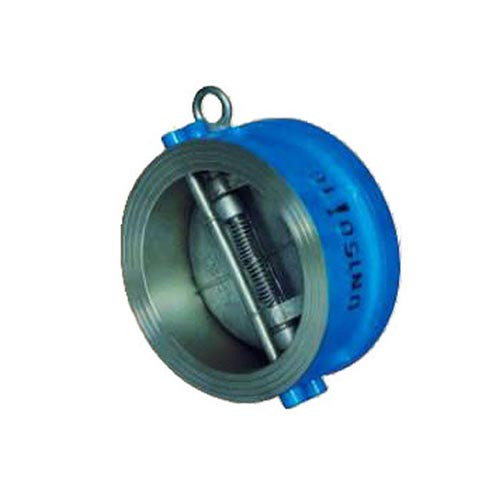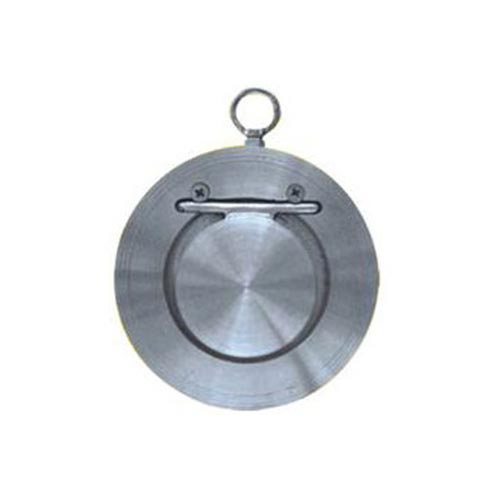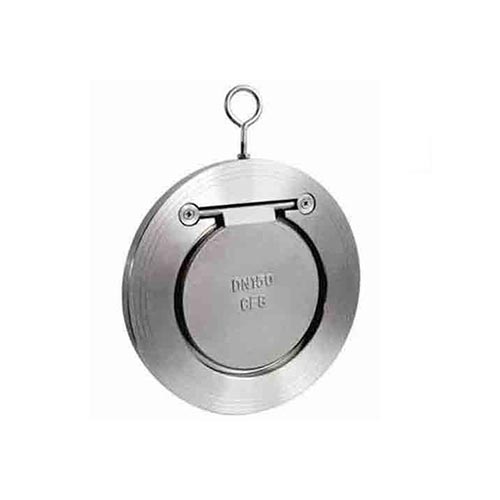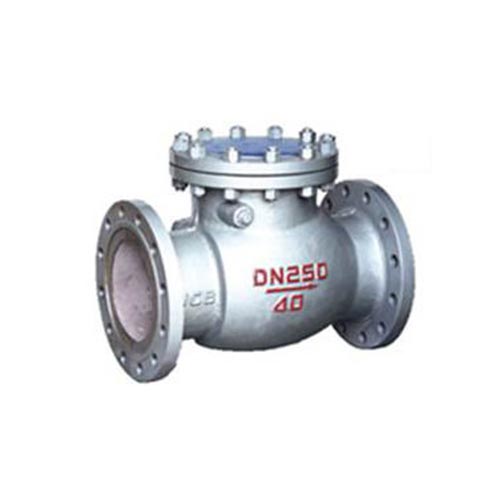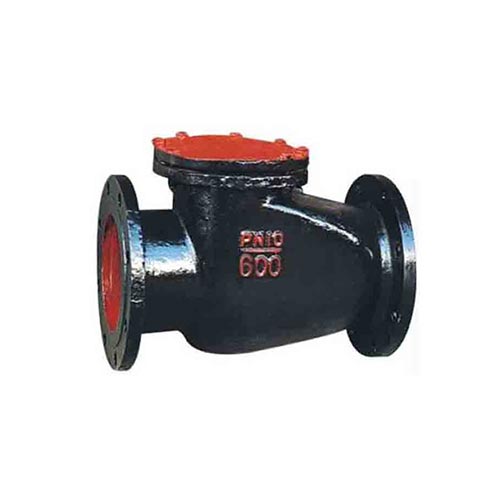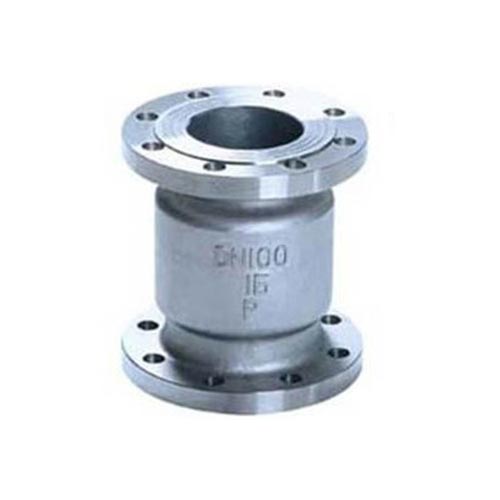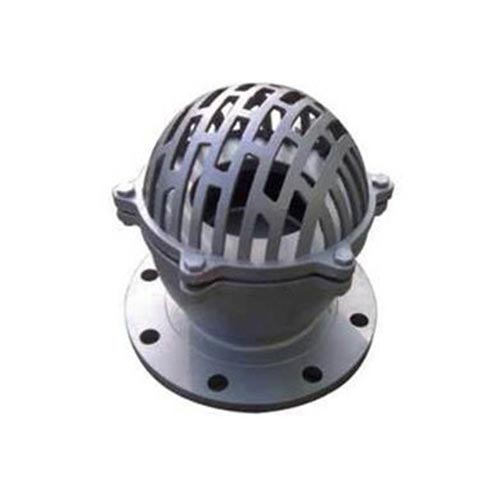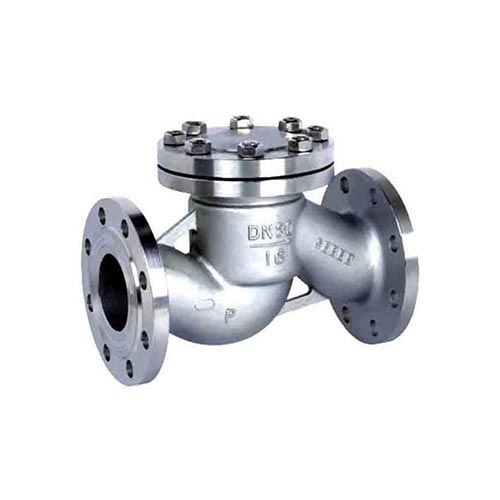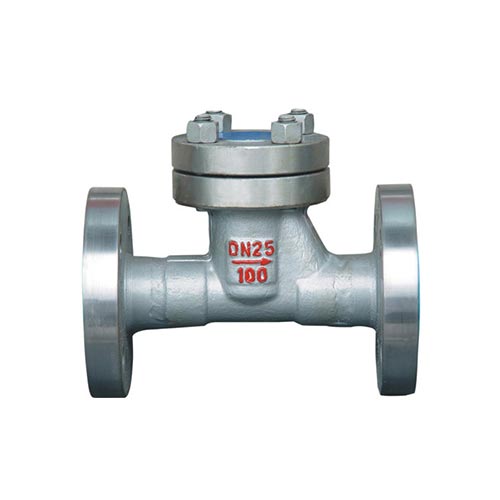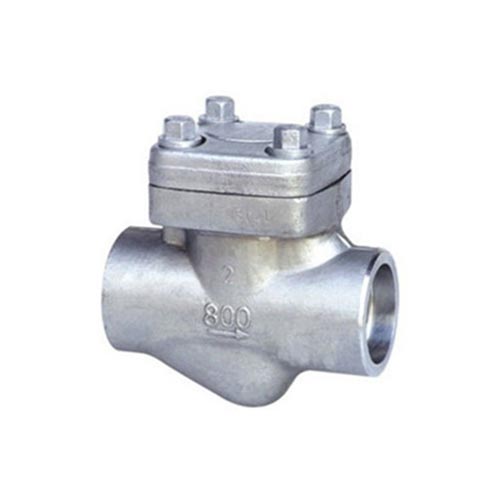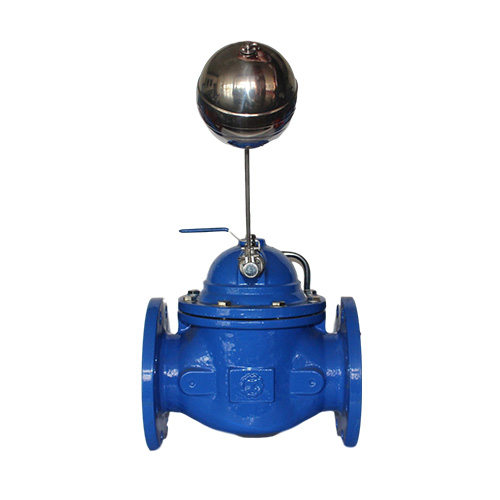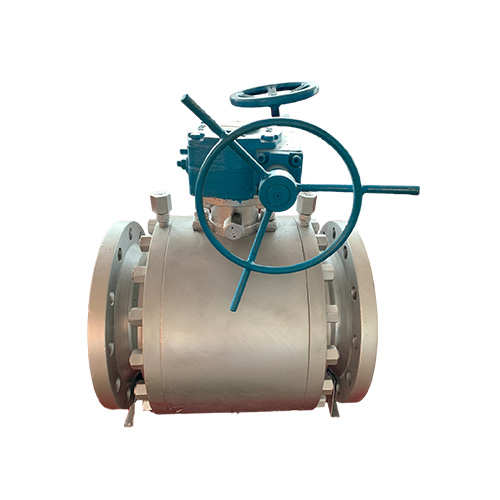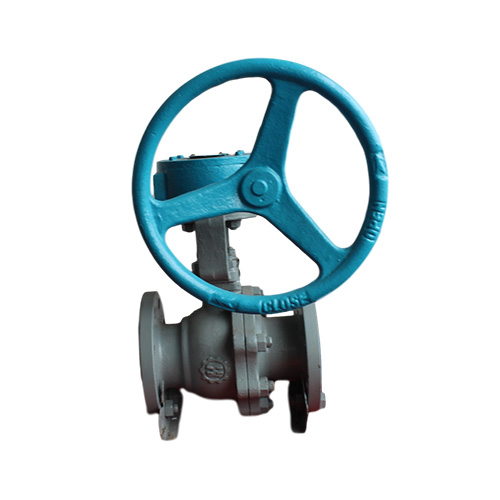锻造阀门和铸造阀门的主要区别在哪里?
What are the main differences between forged valves and cast valves?
锻造和铸造是两个不同的加工工艺。
Forging and casting are two different processing technologies.
铸造:熔融的液态金属填满型腔冷却。制件中间易产生气孔。
Casting: molten liquid metal fills the mold cavity for cooling. Porosity is easy to occur in the middle of the workpiece.
锻造:主要是在高温下用挤压的方法成型。可以细化制件中的晶粒。
Forging: It is mainly formed by extrusion under high temperature. The grains in the parts can be refined.
锻造:用锤击等方法,使在可塑状态下的金属材料成为具有一定形状和尺寸的工件,并改变它的物理性质。
Forging: use hammering and other methods to make the metal material in the plastic state into a workpiece with a certain shape and size, and change its physical properties.

铸造:把金属加热熔化后倒入砂型或模子里,冷却后凝固成为器物。性能的区别锻造时,金属经过塑性变形,有细化晶粒的做用,切纤维连续,因此常用于重要零件的毛丕制造,例如轴、齿论等。
Casting: The metal is heated and melted, then poured into a sand mold or mold, and then solidified into a utensil after cooling. Differences in properties During forging, the metal undergoes plastic deformation, has the function of refining grains, and the fiber cutting is continuous. Therefore, it is often used in the manufacturing of important parts, such as shafts, tooth theory, etc.
铸造对被加工才料有要求,一般铸铁、铝等的铸造性能较好。铸造不具备锻造的诸多优点,但它能制造形状复杂的零,因此常用于力学性能要求不高的支称件的毛丕制造。例如机床外壳等。
Casting has requirements for the materials to be processed. Generally, cast iron, aluminum, etc. have good casting properties. Casting does not have many advantages of forging, but it can produce parts with complex shapes. Therefore, it is commonly used in the manufacturing of supporting parts with low mechanical property requirements. For example, machine tool housing.
 企业公告:
企业公告:




